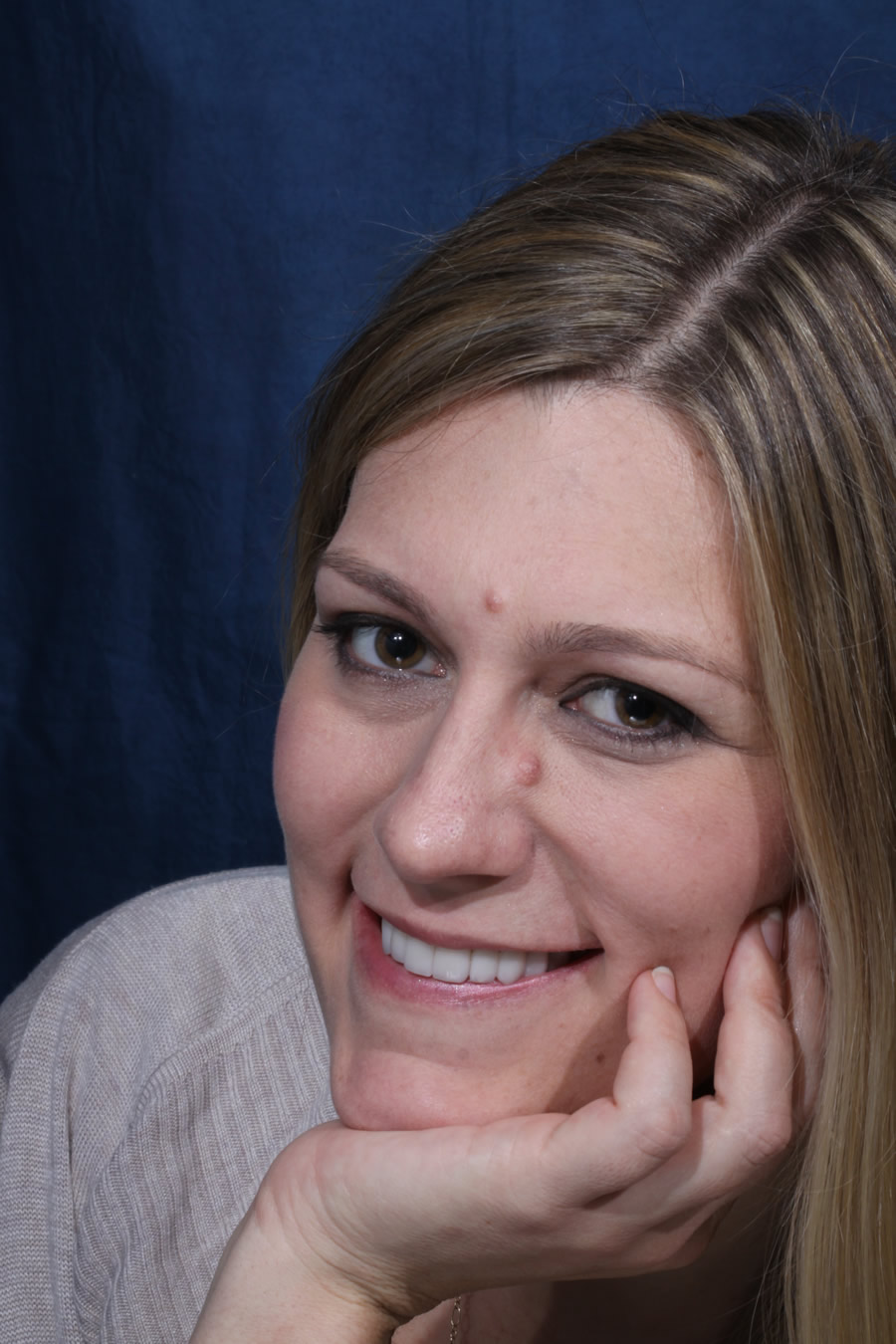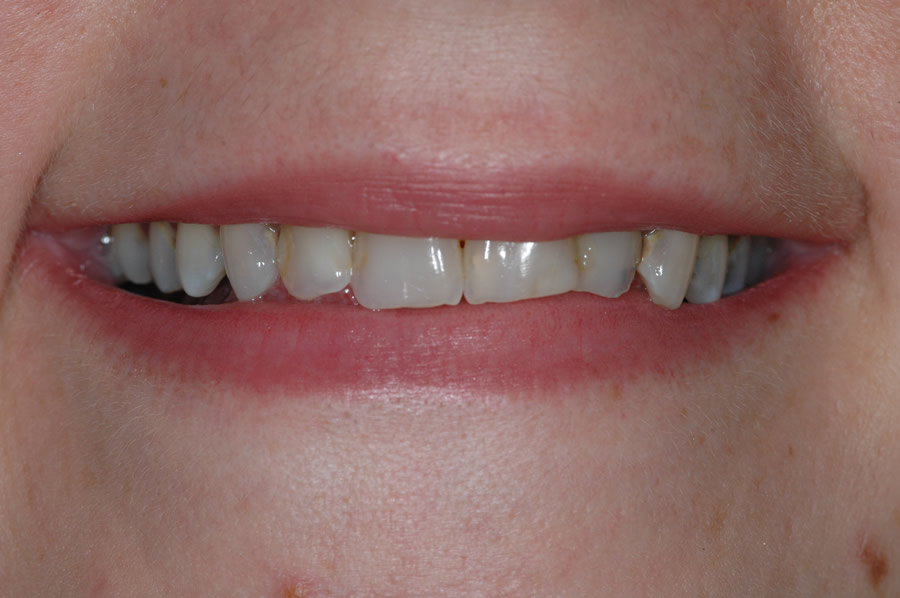Search for topics or resources
Enter your search below and hit enter or click the search icon.
March 14th, 2012
2 min read

 Carey was very busy in 2007. She was looking for a cosmetic dentist, and had scheduled five consultations (including one with our office) to see what her options were. When she made her final choice, she selected the practice that offered to design her treatment so that she could retain much of her original tooth structure. It seemed a good idea at the time. We realize that we are not the dentists for everyone, and we never feel offended if we are not chosen. But three years later, we heard from Carey again. She requested another consult, and admitted that she was not happy with her dentist. She regretted her original choice, and was sorry that she had not proceeded with us the first time around. In her own words, her experience had been traumatic, and she was in constant pain.
Carey was very busy in 2007. She was looking for a cosmetic dentist, and had scheduled five consultations (including one with our office) to see what her options were. When she made her final choice, she selected the practice that offered to design her treatment so that she could retain much of her original tooth structure. It seemed a good idea at the time. We realize that we are not the dentists for everyone, and we never feel offended if we are not chosen. But three years later, we heard from Carey again. She requested another consult, and admitted that she was not happy with her dentist. She regretted her original choice, and was sorry that she had not proceeded with us the first time around. In her own words, her experience had been traumatic, and she was in constant pain.
Patients come to see us for very specific reasons, such as cosmetic problems, toothaches, jaw pain, and orthodontic work. But because three years had passed and Careys procedures had been unsatisfactory, her dental needs had become extremely complicated. In addition to her original cosmetic needs, she has issues with old mercury fillings and TMJ pain. We knew it was most important to regain her trust before proceeding with a treatment plan. Carey required a full mouth reconstruction; virtually every tooth in her mouth needed to be rebuilt with porcelain crowns. Before we could get down to rebuilding, we had to begin with a few basic steps. First, we needed to safely remove the silver/mercury fillings from her teeth, clean out the decay, and rebuild them. Unfortunately Carey also required numerous root canals because of extensive decay underneath the mercury fillings. Mercury fillings are insidious because they not only include toxic material, but are very leaky and often cause recurrent cavities after years of service. Once we were able to complete the preliminary work, we addressed her jaw pain concerns. Careys lower jaw was retruded (underdeveloped), causing a deep overbite. In this situation, patients can suffer from jaw and facial muscle pain, ear aches, headaches and a variety of other symptoms. To alleviate them, we need to determine the best new jaw position and test it out for a period of time. With sophisticated instrumentation, we can completely remove all strains on the muscles that control the jaw movement. Then we record this physiologically balanced muscle position, create an orthotic that duplicates it, and place the 
 orthotic over the lower teeth. Once we determined that Carey felt comfortable with her new jaw position and symptoms started to subside, we were able to move on to creating porcelain coverage for her teeth. The porcelain veneers and crowns were created sequentially, one quadrant of her mouth at a time. Careys treatment took over a year-an-a-half to complete, since we needed to address a myriad of issues and could not be rushed. But it was definitely worth the time and the effort. When we asked Carey how she felt about her teeth, Carey said that her teeth were beautiful, her jaw pain was gone, and that she felt great! Sometimes the second time is the charm.
orthotic over the lower teeth. Once we determined that Carey felt comfortable with her new jaw position and symptoms started to subside, we were able to move on to creating porcelain coverage for her teeth. The porcelain veneers and crowns were created sequentially, one quadrant of her mouth at a time. Careys treatment took over a year-an-a-half to complete, since we needed to address a myriad of issues and could not be rushed. But it was definitely worth the time and the effort. When we asked Carey how she felt about her teeth, Carey said that her teeth were beautiful, her jaw pain was gone, and that she felt great! Sometimes the second time is the charm.
Topics: